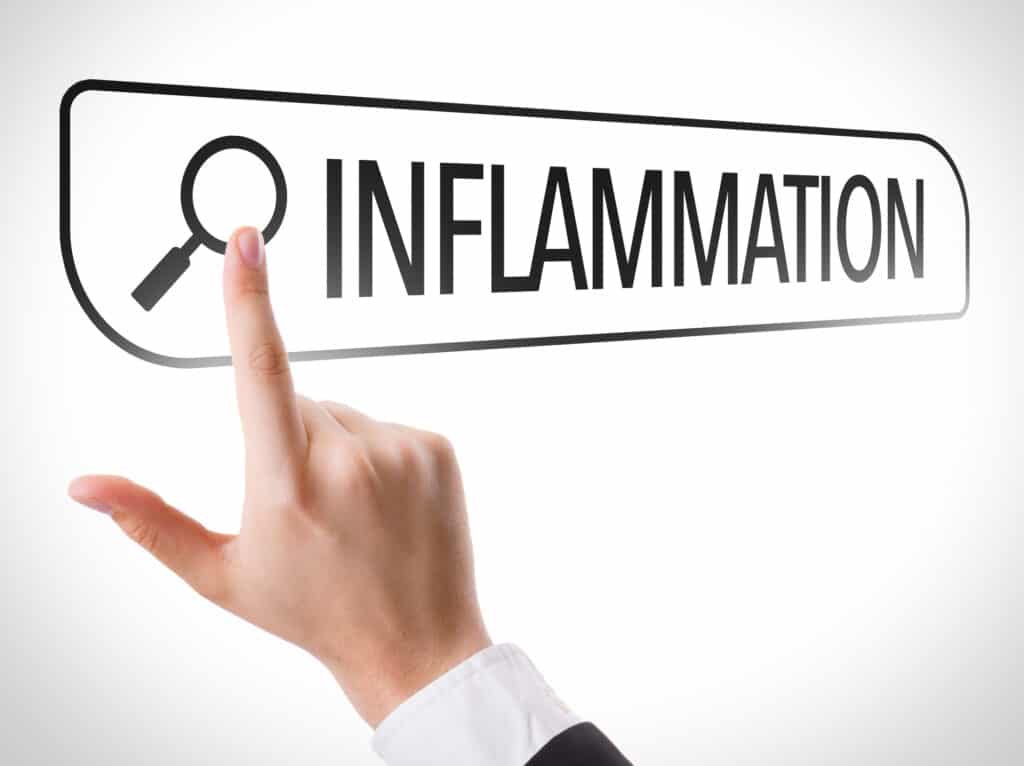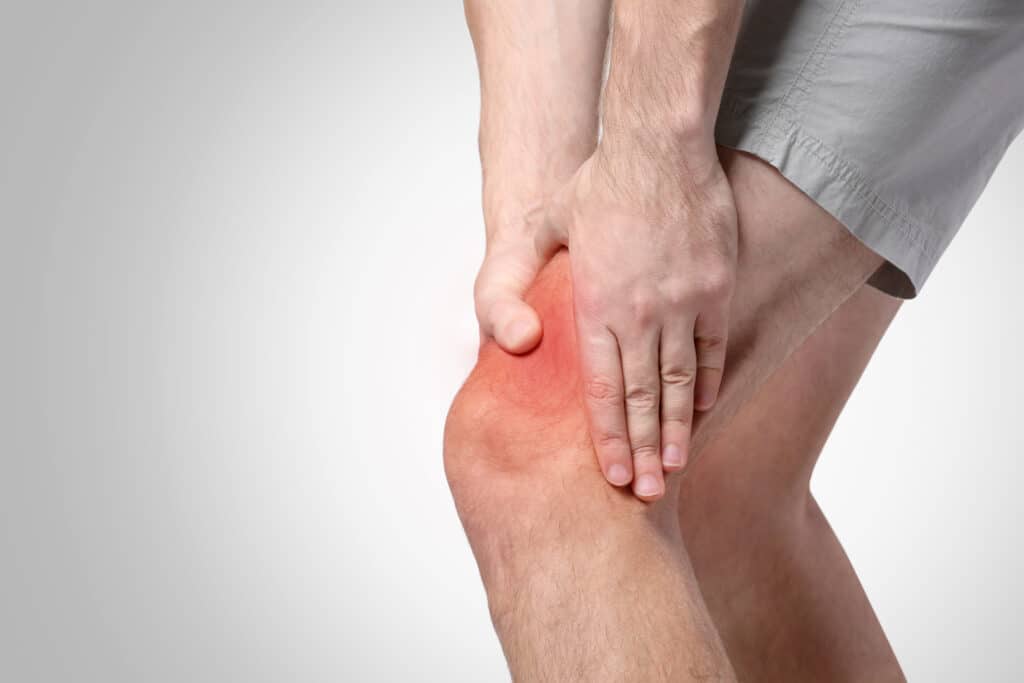
Does Myofascial Release Reduce Inflammation?
Are you troubled by “inflammation” in your body?
Does your body feel tight, restricted, and sore?
Have you been led to believe that there’s no relief for it?
If so, you might want to try myofascial therapy – the therapy we perform here at Release Works.
Myofascial release therapy is a unique form of hands-on therapy that reduces chronic pain by relaxing and loosening your muscles and the web of connective tissue that weaves through and connects your entire body.
Myofascial therapy can also help improve your mobility, circulation, and overall well-being.
But what are the other benefits of myofascial therapy?
Can it really reduce inflammation in your body?
Let’s find out.
More Blogs From Release Works
What Is Chronic Myofascial Pain Syndrome?
An Introduction to Myofascial Release Therapy (The John F Barnes Method)
Can Myofascial Release Therapy Help With My General Aches And Pains?
What Is Inflammation?

When we hear the term "inflammation," we automatically think bad. But inflammation is vital to how the body deals with and heals from assaults on its systems—so we shouldn’t demonize it entirely.
When inflammation occurs appropriately in response to one of the countless threats we face, whether a bacterial infection, an autoimmune imbalance, or even physical trauma, it is our body's way of defending itself from harm.
It’s the body’s innate response to injury or infection. It's a complex process involving a series of events to protect the body from harm.
When tissues are damaged, the immune system floods the affected area with white blood cells and other substances to help repair the damage and fight off any germs that might have entered the body.
Inflammation is also the body’s communication and alert system – to draw our attention to these threats.
Although inflammation is a regular part of the healing process, it can become chronic if the immune response doesn't turn off when it's supposed to.
This overreaction can lead to various health problems, including autoimmune disorders, heart disease, and cancer.
The most common causes of inflammation include unhealthy diet, stress, infections, and exposure to environmental toxins.
But understanding the causes of inflammation and reducing our exposure to them can help prevent chronic diseases and promote better health.
Common symptoms of inflammation typically involve the affected area becoming red, swollen, and warm to the touch.
Pain and tenderness may also occur because of inflammation. The affected area may sometimes feel stiff or difficult to move.
Other symptoms of more systemic inflammation can include fever, fatigue, and loss of appetite.

These symptoms are caused by the body releasing chemicals and immune cells that help fight off infection and promote healing. While inflammation can be uncomfortable, it is an integral part of healing.
So, inflammation is vital to the body's immune response to injury and infection. But it can lead to a range of health problems and medical conditions when it becomes chronic.
Chronic inflammation happens when the body's immune system is persistently activated, leading to prolonged tissue damage and a host of adverse health consequences.
These can include conditions such as rheumatoid arthritis, asthma, and diabetes.
Inflammation in the body can often be a result of chronic diseases such as heart disease, diabetes, and arthritis.
While medications exist to combat inflammation, it is always a good idea to explore natural options first.
One way to reduce inflammation naturally is by choosing anti-inflammatory foods such as leafy greens, fatty fish, and nuts.
Another option is to do some form of physical activity regularly to help keep your body moving and functioning at its best.
Additionally, reducing your stress levels through meditation or stress-relieving activities such as yoga or massage can help reduce inflammation naturally.
But sometimes, doing all the right things isn’t enough – after years of chronic stress (physical, mental, or emotional – or more likely all of the above), your body may need support to come out of “fight or flight” mode, to activate the parasympathetic nervous system and begin the healing process, and that’s where myofascial release therapy comes in – to communicate to your body and nervous system that the threat has passed, it is safe and it can loosen its grip, let go, and ultimately heal.
What Is Myofascial Therapy?

Myofascial therapy is a holistic, whole-body treatment, like physical therapy (but also completely different!), that involves putting gentle pressure on specific points on the body to release tightness in the fascia – the connective tissue surrounding your muscles and organs.
By doing so, myofascial release therapy can work wonders to reduce inflammation throughout your body.
The idea is that if we "unlock" the fascia and help it move more fluidly, then it won't build up as much scar tissue and adhesions - or, as we like to call them, "restrictions," which can contribute to pain and inflammation.
So, if you're dealing with any sort of chronic pain or stiffness, which indicates that your body is in an inflammatory state, myofascial therapy could be a really great idea for you. In fact, it could be just the thing to help you feel more relaxed and freer in your body and mind.
How Does Myofascial Release Reduce Inflammation?

If you're dealing with chronic inflammation in your body, you know how frustrating it can be – constantly feeling tight and sore, and restricted.
There are plenty of so-called remedies out there – like supplements and other “magic” potions - that claim to tackle inflammation.
But they don’t get to the root of the issue and fix it once and for all. In fact, most do very little at all.
So, if you're looking for a natural way to combat inflammation, we urge you to give it a try.
There are various ways to approach “myofascial release," each focusing on releasing tension in specific areas.
One helpful method involves using foam rollers to apply pressure along your back, legs, and arms. Another technique is using a tennis ball or special massage ball to apply pressure to trigger points.
You can also opt for manual stretching or a hands-on approach from a trained therapist. However, the technique we use at Release Works – The John F Barnes method - is infinitely more effective than these basic techniques. It’s myofascial release 2.0.
However, the key to effective myofascial release therapy and reducing inflammation is not just the technique (although that's a large part of what we do).
It's also the detective work we do as part of the treatment to identify the root cause, which goes much deeper than just identifying and treating symptoms, like traditional physical therapy.
Muscle tension and tightness are messages from your body that something needs your attention. Our job is to decipher what your body is trying to tell you and take the necessary steps to fix the underlying issue, which enables your body to – rest and repair - and initiate the healing process.
In summary, myofascial release therapy is an effective way to reduce local and systemic inflammation in the body.
It can help relieve pain, improve your mobility and flexibility, reduce stress, and increase muscle balance and overall wellness and functionality.
At Release Works, we work with you to transform your health and regain control of your life – without inflammation and daily pain. Life should be enjoyed, not endured. You don’t have to accept chronic pain.
We can help you reclaim your body by repairing your myofascial system with movement and total-body restoration.
Don't settle for fear and pain; choose joy instead by taking the first step to a whole new you and learn more about what we do by booking one of our Free Discovery Sessions at our Salt Lake City clinic.

